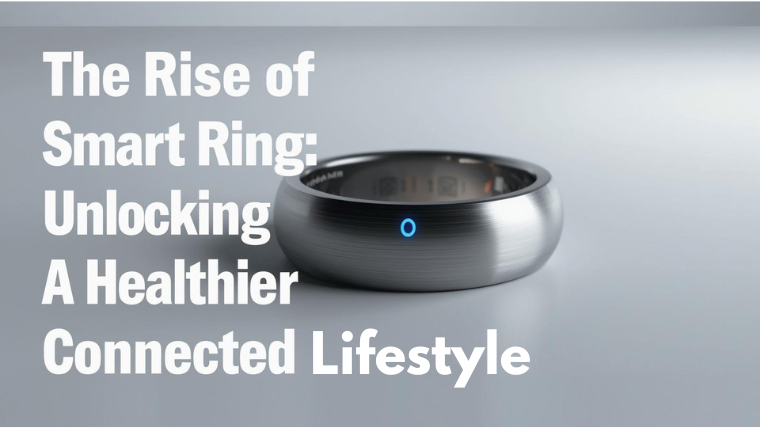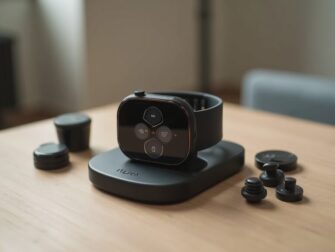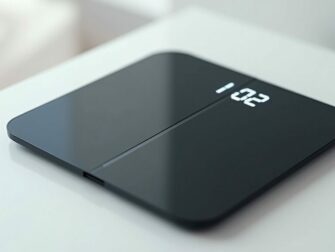Sliding a smart ring onto your finger feels a bit like stepping into the future. These sleek, lightweight rings pack a surprising punch, quietly keeping tabs on everything from daily steps to your heart rate and sleep cycles. What really catches my attention is how smart rings give me insights into my health and lifestyle without needing a chunky watch or a bunch of apps open at once. For anyone interested in taking their well-being up a notch or just curious about the latest wearable tech, I see smart rings as a brilliant upgrade for modern living.
- TL;DR: What to Know About Smart Rings
- Why Smart Rings Are Gaining So Much Buzz
- Quick Glance: What Can a Smart Ring Actually Do?
- How Smart Rings Improve Your Health and Daily Routine
- Features Worth Checking Out (and How to Pick What Works for You)
- Fun Facts About Smart Rings
- What to Consider Before Making the Switch
- Smart Ring Action Plan: Getting Started
- FAQ: People’s Top Questions About Smart Rings
- Why I’m Sticking With a Smart Ring
- Wrapping Up in My Words
TL;DR: What to Know About Smart Rings
If you’re in a rush:
Smart rings are compact, wearable devices that track fitness, sleep quality, and health stats directly from your finger.
They’re super discreet, comfortable to wear all the time, and sync up with your phone for detailed reports.
Whether you want a better handle on your workout progress or guidance on sleep, a smart ring makes it easier to live healthier without fuss.
Why Smart Rings Are Gaining So Much Buzz
Smart rings are shaking up the wearables space, offering a new blend of style and utility. In the past, I relied mostly on smartwatches for tracking my fitness, but I found them bulky or awkward for sleep. With a smart ring, all the sensors are right on my finger, making it more comfortable to wear all the time, even overnight.
This small but mighty piece of tech is getting a lot of attention not only for its subtle design but also for the sheer amount of insight it provides. Devices like the Oura Ring and Movano Evie Ring have been leading the way every year. New brands are joining the scene, and the global smart ring market is projected to keep growing well beyond $1 billion in a few years. It’s easy to see why more people are talking about these rings, they offer a fresh alternative to standard fitness trackers.
Quick Glance: What Can a Smart Ring Actually Do?
The smart ring isn’t just a fancy accessory; it’s equipped with tiny sensors designed to gather user data effortlessly. These frequently include:
- Activity Tracking: Counts steps, distance, and active time, helping you monitor your daily movement.
- Sleep Monitoring: Measures sleep stages, duration, and quality for insights into nighttime rest.
- Heart Rate Tracking: Keeps tabs on your pulse throughout the day and night.
- Temperature Sensors: Detects changes in skin temperature (helpful for women’s health metrics as well).
- Blood Oxygen Monitoring: Some rings track your oxygen saturation to help spot patterns or dips.
- Notifications: Certain models let you receive subtle alerts for calls or reminders, but this isn’t a standard on every ring.
All this data syncs to an app, showing easy-to-understand charts and even offering suggestions for improvement. I can quickly glance at my phone in the morning to see how well I slept or how active I was, and that’s surprisingly motivating.
How Smart Rings Improve Your Health and Daily Routine
Smart rings help with more than just counting steps. Here’s how they plug into real life and actually make a difference:
- Encourage Better Sleep Habits: Getting feedback on sleep makes it easier to spot late-night habits that mess with rest. I started noticing how late caffeine affected my sleep score and made small changes that paid off.
- Guide Your Workouts: Data from the ring’s sensors reveals if I’m pushing too hard or need a recovery day, which helps me avoid burnout.
- Reduce Health Anxiety: Seeing daily heart rates and oxygen levels brings peace of mind, especially for people who like tracking their overall well-being.
- Support Women’s Health: Many rings now offer period prediction or ovulation tracking, thanks to built-in temperature sensors.
- Keep Hands Free: Without a screen to check, I find myself less distracted compared to notifications on my smartwatch. I stay more present, which is always a win.
It’s amazing how these little devices collect so much data while flying under the radar. Their sleep tracking has genuinely helped me spot patterns, and their ability to gently nudge me with small reminders for movement or mindfulness is another subtle but welcome addition to my day.
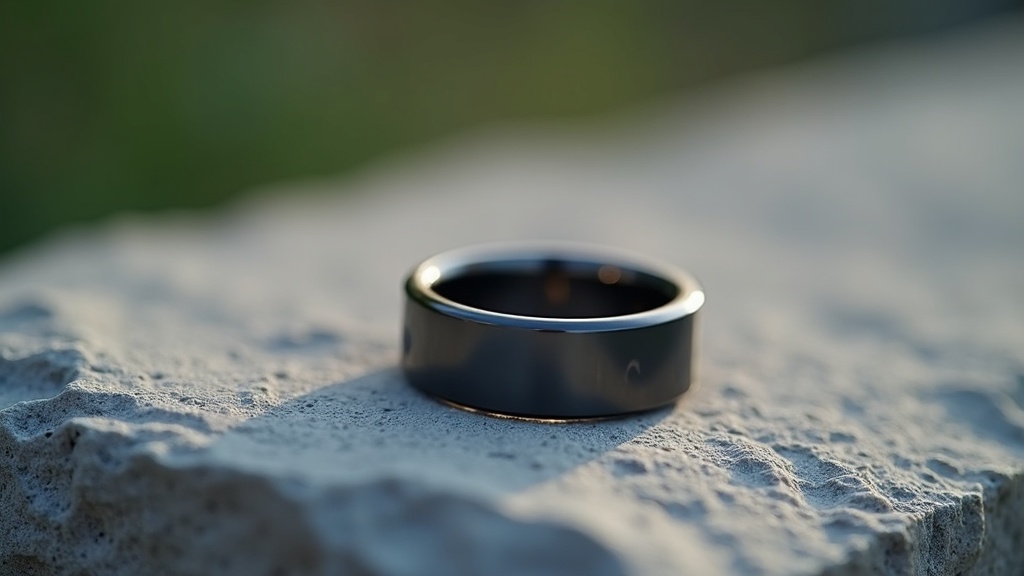
Features Worth Checking Out (and How to Pick What Works for You)
With more brands in the smart ring game, options and features can vary, so choosing the best fit is important. Here are a few points I consider before buying one:
- Comfort and Wearability: Since the ring is made for constant wear, it needs to feel good all day and night. Look for lightweight, hypoallergenic materials and several sizing options.
- Battery Life: Most smart rings last around 4 to 7 days per charge, depending on how many features you use. Charging is pretty quick, usually less than two hours.
- App Experience: A good smart ring app clearly explains your trends and gives ideas for improvement. Some even link to your favorite health apps or Apple Health and Google Fit.
- Privacy and Data Security: Since health info is sensitive, it helps to pick a brand with transparent privacy policies. Reading their terms even quickly is worth the time. Oura and other leaders often publish details about their data practices, which is a good sign to look for.
- Price and Subscription: Some smart rings come with a monthly app subscription for advanced analytics, while others are one-and-done purchases. This is worth checking so you’re not surprised after buying.
Extra bonus features, such as meditation prompts, guided breathing, or even vibra-alerts, are popping up more often too. As technology heats up, you may soon see more smart rings supporting contactless payment or digital key access, even making smart rings part of your everyday errands or commute.
Fun Facts About Smart Rings
- The first prototypes for smart rings date back to 2013, but it wasn’t until the last few years that they became practical for daily use.
- Because they sit on your finger, which is packed with arteries, rings measure heart rate and temperature more accurately than most wrist trackers.
- A smart ring was even worn by some Olympic athletes to track health and recovery during the Tokyo Games!
- Some brands are experimenting with adding contactless payments and even digital key capabilities, making your ring a potential wallet and house key in one.
- The sleek design and ability to blend in with your usual jewelry also make smart rings more appealing for style-conscious users compared to most wrist-based devices.
What to Consider Before Making the Switch
- Not All Features Are Equal: Depending on the brand, certain features (like ECG sensors or blood oxygen tracking) may not be included.
- Third-Party Compatibility: If you love syncing your fitness data with multiple platforms, double-check app compatibility.
- Lose It, Misplace It: Because rings are so discreet, it’s possible to forget you’re wearing one or take it off and misplace it. It’s a good idea to choose a model with a “find my ring” feature in the app, if offered.
- Sizing Challenges: Since everyone’s fingers are shaped differently, getting the right size matters a lot with smart rings. Make sure to use the sizing kit or guide before you order. proper fit is key to comfort and accurate data.
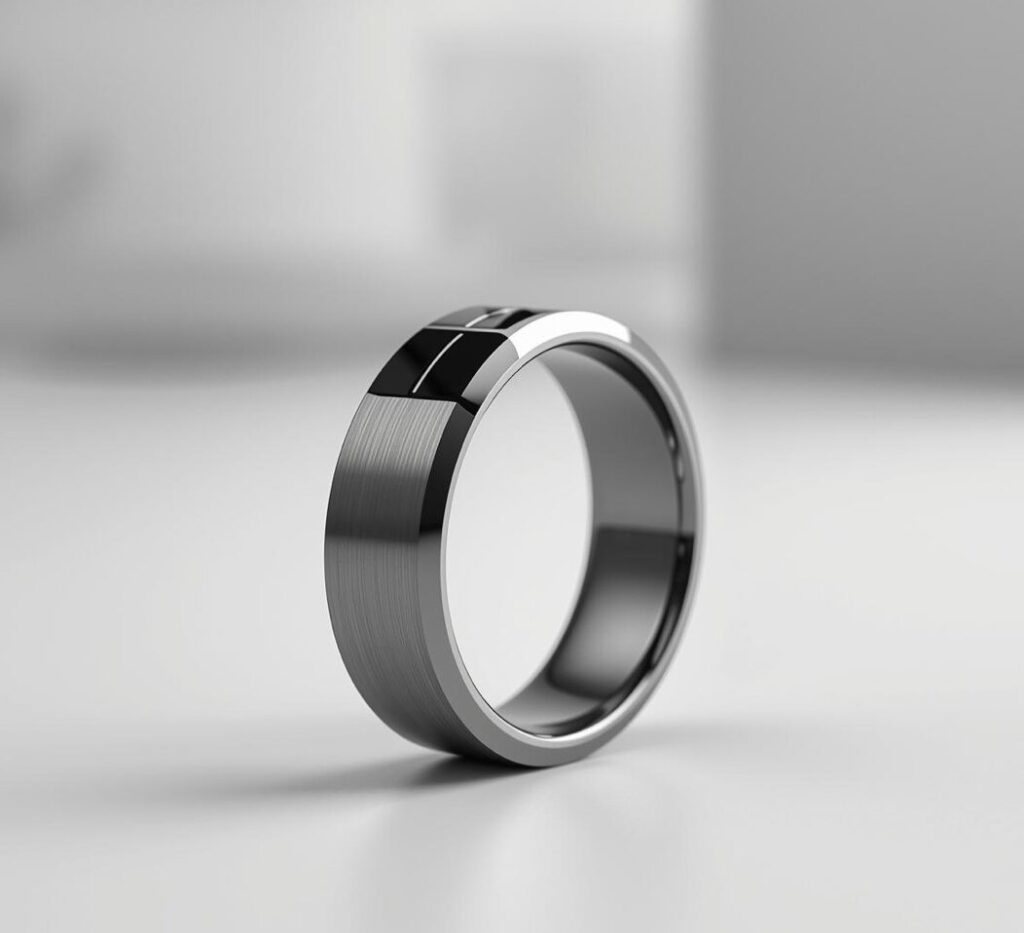
Smart Ring Action Plan: Getting Started
- Research top brands: Compare the features and app experiences from Oura, Evie, Ultrahuman, and similar options. Think about which ones suit your own needs: style, health focus, or extra capabilities.
- Check sizing guides: Every smart ring brand provides free sizing kits or printable guides so you get a comfortable fit. Some brands even let you try sample rings before committing.
- Read real-world reviews: I always browse independent reviews or Reddit threads to see if battery life, sensor accuracy, or customer service matches up with the marketing.
- Think about your top use cases: Sleep, exercise, general wellness, or a mix. Your goals help guide the right pick. Some rings are better with sleep data, while others focus on workouts or women’s health in a bit more depth.
- Buy from a reputable retailer: Going for authorized dealers or direct from the brand covers you on support and warranty.
- Set up and sync: Follow the app instructions, let the ring collect a few days of baseline data, and start exploring trends. Take your time to look at the reports and see where you might want to tweak your day-to-day routine.
FAQ: People’s Top Questions About Smart Rings
Do smart rings really track health as well as bigger devices?
Yes, for most daily tracking. Their location on the finger often gives more accurate readings for heart rate and temperature versus the wrist. Some specific metrics like advanced ECG or SpO2 can vary based on the model.
Are smart rings waterproof?
Most are water resistant and can handle handwashing, but not all are rated for swimming or deep water. Always check each model’s specs if you spend a lot of time in the pool or shower.
Do I need to pay a subscription?
Some brands do charge monthly for advanced features or detailed reports, so it’s worth checking the fine print before deciding.
Can smart rings replace smartwatches?
It depends on your needs. Smart rings do a great job with health tracking but don’t have screens or robust notifications. For anyone who mainly wants health or focus features without distractions, they do the job well.
Why I’m Sticking With a Smart Ring
Smart rings blend seamlessly with my daily routine and offer a ton of personal health insights. They’re super comfy, look stylish, and take the guesswork out of health tracking. It’s a huge plus not having to charge a device every day or wear something bulky to bed. With consistent tracking from my ring, I make small tweaks to my lifestyle that actually stick, from getting enough sleep to staying active. The simplicity and subtlety set smart rings apart from clunkier wearables. I appreciate how discreetly they do their job while leaving my hands free and I still get reliable, easy-to-read feedback whenever I want it.
Wrapping Up in My Words
Smart rings are one of the most convenient ways to stay on top of health and wellness goals. They keep things simple, offer useful data, and fit right in with my busy schedule and everyday style.
I find them especially good for folks who don’t want to fuss with bigger, flashier wearables but still want guidance they can trust. If you ask me, keeping tabs on your well-being doesn’t have to be complicated or obvious to the rest of the world. A smart ring keeps it easy and private.
What do you think? Would you ever trade your smartwatch for a smart ring? Or are you using one already? Drop your thoughts below, I’d love to hear about your experience or any questions you have about choosing the best smart ring for your lifestyle!
You may like “WHOOP Wearable Review That You Need To Know Before You Buy“

